There is a blessed rhythm to the liturgical calendar. It compels us to remember, retell, and reenact. Even the most anti-liturgical Evangelicals on the one hand and the secular Christians on the other cannot avoid the annual rhythm of liturgy. The Christmas and Easter stories must be told on time. While preparations for Christmas, in particular, have become commercialized and secularized, there remains a palpable spirit of expectant waiting. The sneaky liturgists may let you believe that you are simply decorating for Christmas and “getting in the holiday spirit,” but they know you are enacting the centuries-old Christian tradition of Advent. In turn, they enact their role as the voice crying out in the wilderness.
Repent. Prepare the way. Wait expectantly for the Lord’s arrival.
The expectation and preparation are particularly palpable this year. We long for a fresh start, for all things to be made new. In this season of Advent, we dare to hope. As the infections and death toll from COVID-19 rise to their highest levels, we dare to hope. As hospitals fill up and medical professionals near the end of their endurance, we soldier on and work towards preparedness. As forces work to shake the foundations of democracy, we will the structures to endure. Our cries of, “How long, O Lord?” mingle with the assurance of the salvation that has come and is coming into the world.
Our hope is in the coming Lord, and yet we find hope in the promised coming of a vaccine to this terrible disease.
Our hope is in the coming Lord, and yet we find hope in the promise of a new administration that might bring reconciliation and decency.
Our hope is in the coming Lord, and yet we find hope in the promise of a return to work, school, team sports, ensemble music, and in-person worship.
And let’s be honest: many of us are simply waiting expectantly to turn the page on the calendar year 2020, as if adding a number will somehow make things better. We all know this is silly, and yet there is perceived power in the ritual of turning the page, symbolically offering a fresh start. There is also power in lighting the candles. (Also, the liturgists among us know that the new year actually begins with the first Sunday in Advent, so technically, the new year is already upon us.)
As I light the candles on the Advent wreath this year and speak ancient words from the Psalms and the Prophets with my children, I hope for all of these things. The rhythm of the liturgical calendar means that we enact these rituals in the midst of our lived experience year after year, uniting our mundane lives with the eternal movement of God’s time. The linear flow of my life intersects with the kairotic movement of the eternal, and my hopes become intertwined with the hopes of generations. Together, we sing, “Come, Lord Jesus.”
I see in the light of those candles the hope of the world mixed with a very practical, worldly hope. I see children gathering again at summer camp. No one talks about or even cares whether their parents voted Democrat or Republican. They laugh. They sing. They hug. They move their bodies to the rhythm of the music and the game. They are out of breath, first in the midst of an activity, then in a fit of uncontrollable laughter, and finally at the sight of the clear night sky. They focus on one bright star and see in its light the promise and hope that speaks to their life.
What do you see in the light of the Advent candles this year? Be hopeful. Repent. Prepare the way. Wait expectantly for the Lord’s arrival.
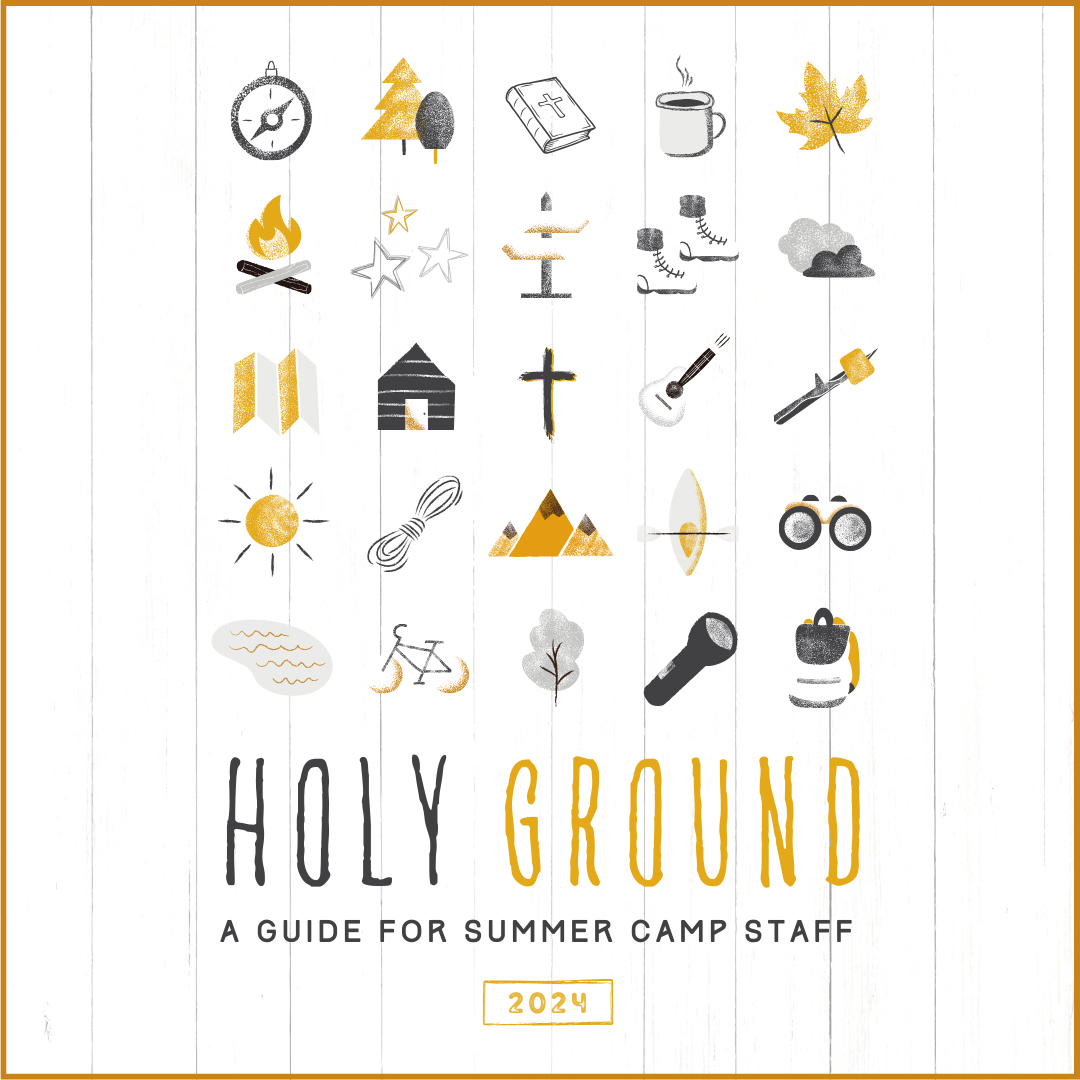
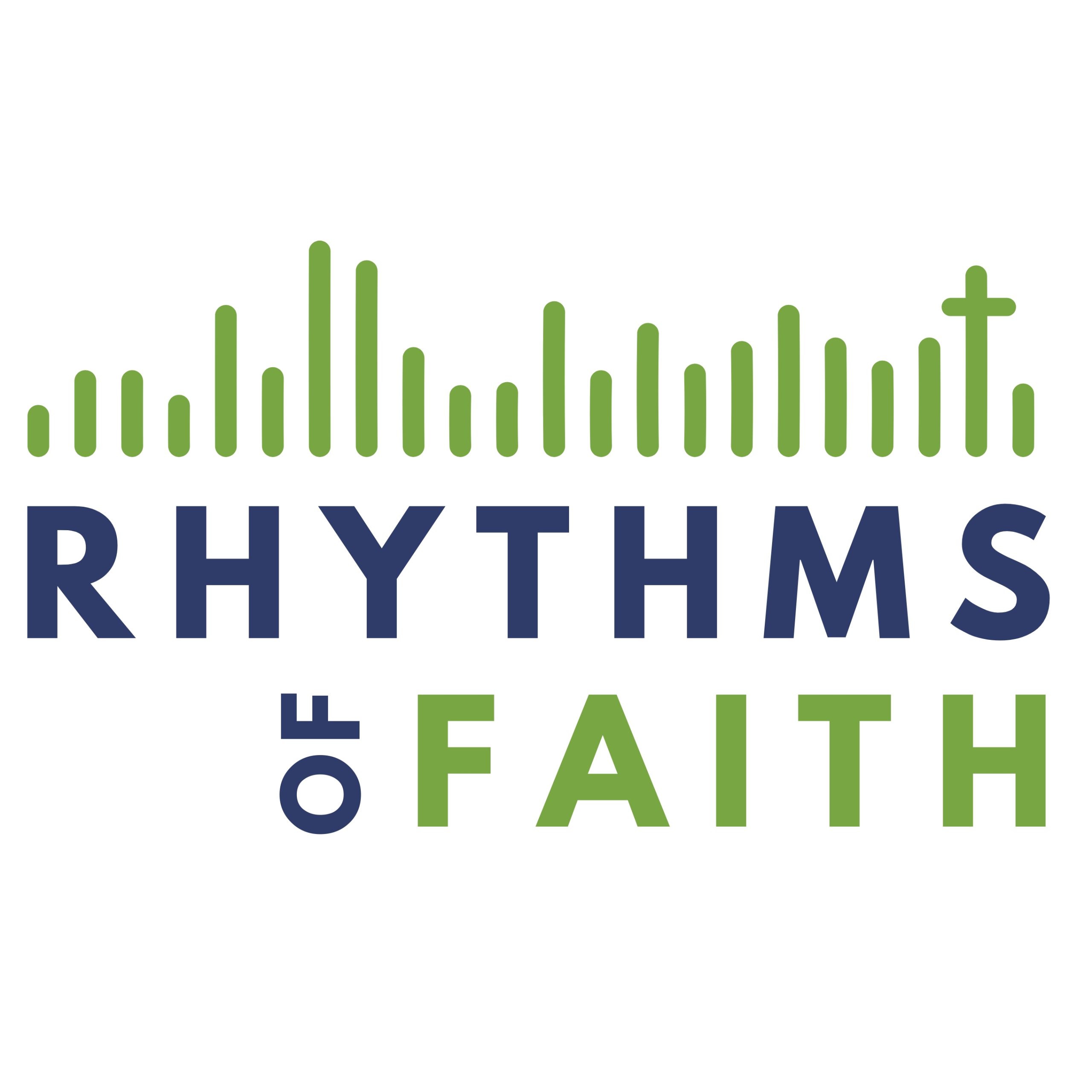
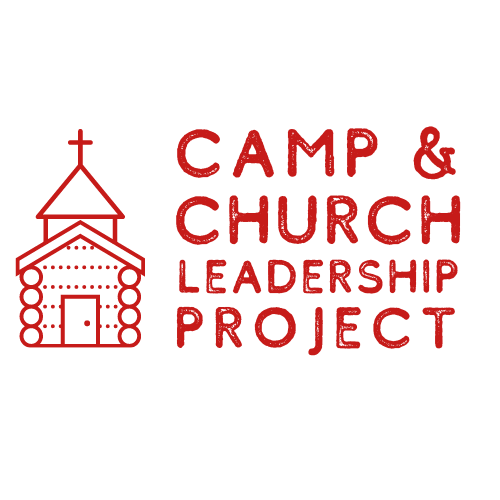
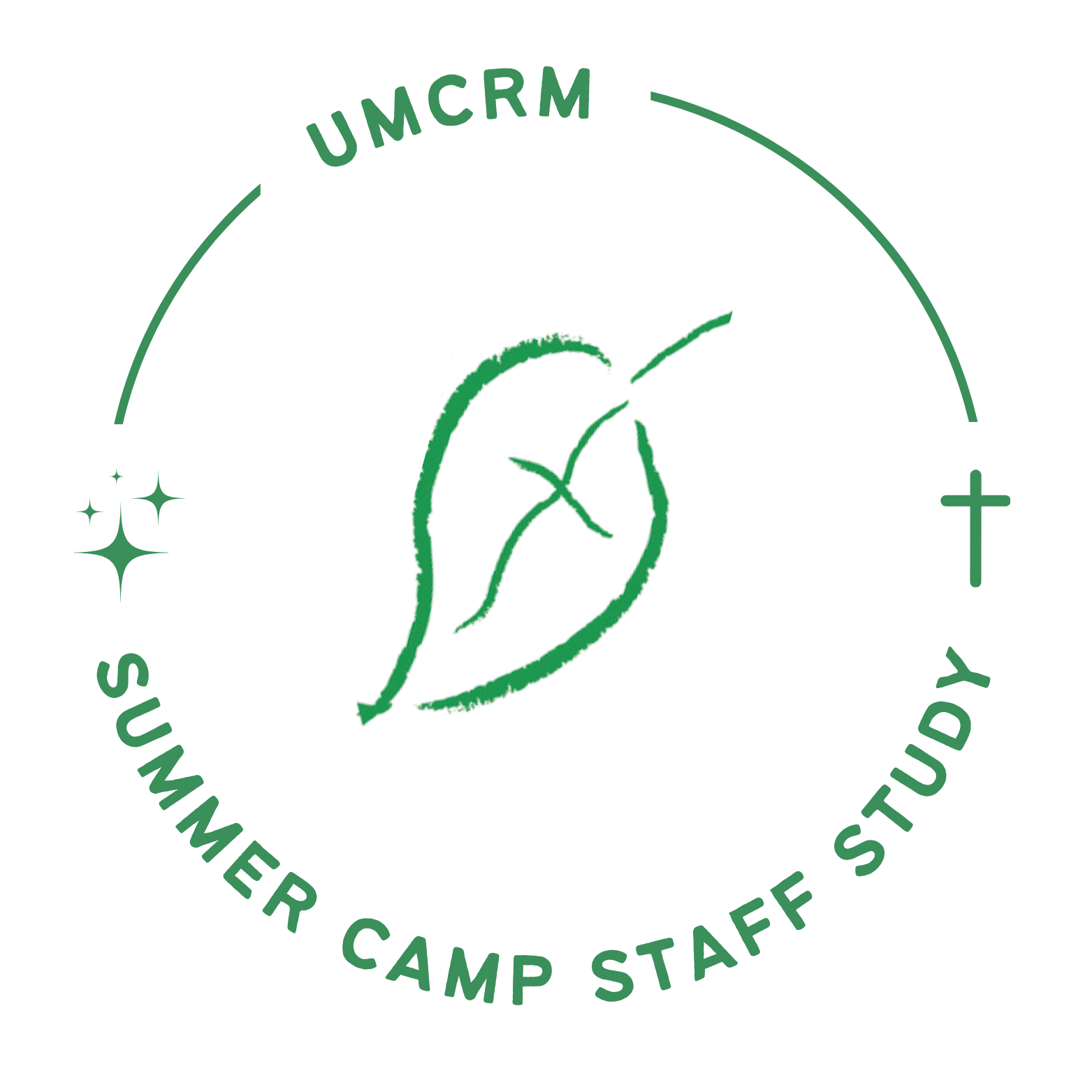

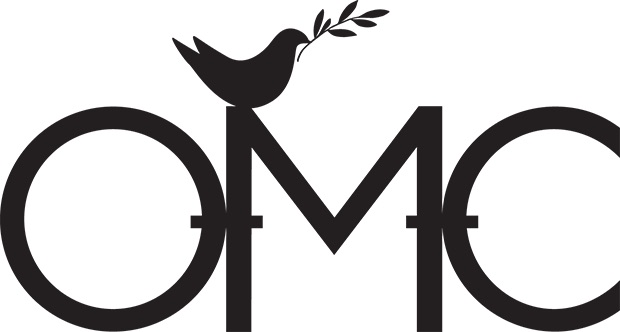
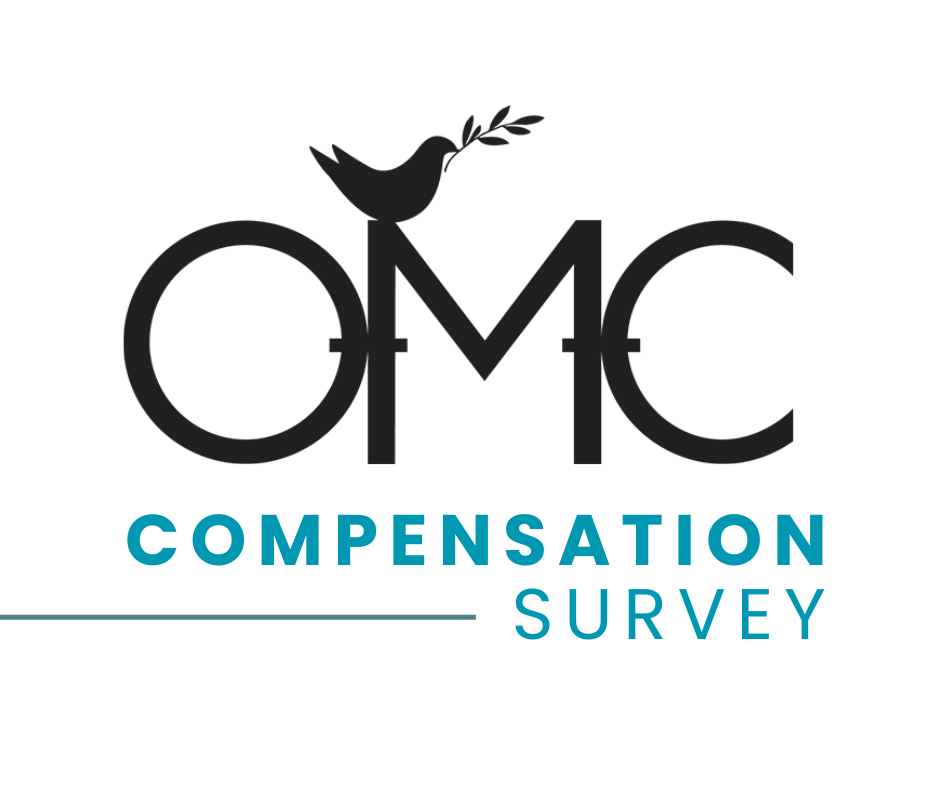

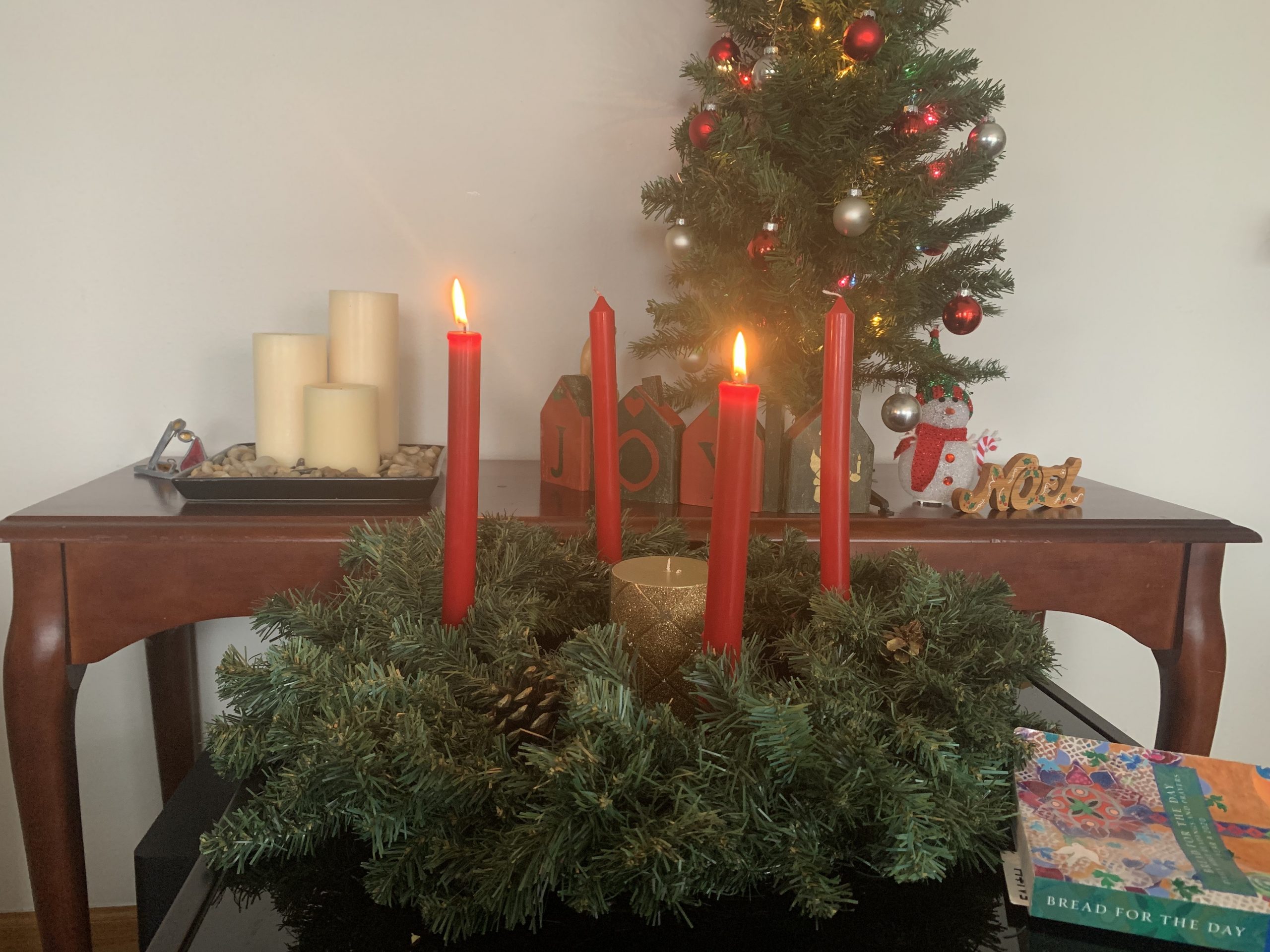
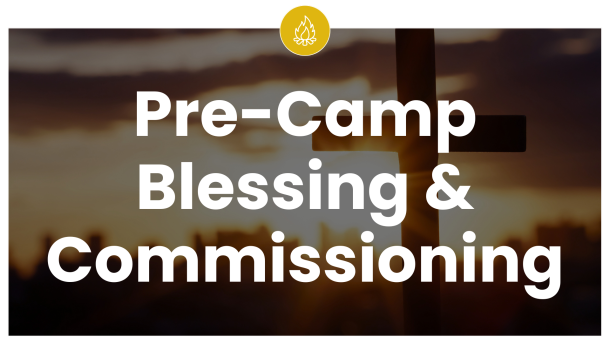
0 Comments